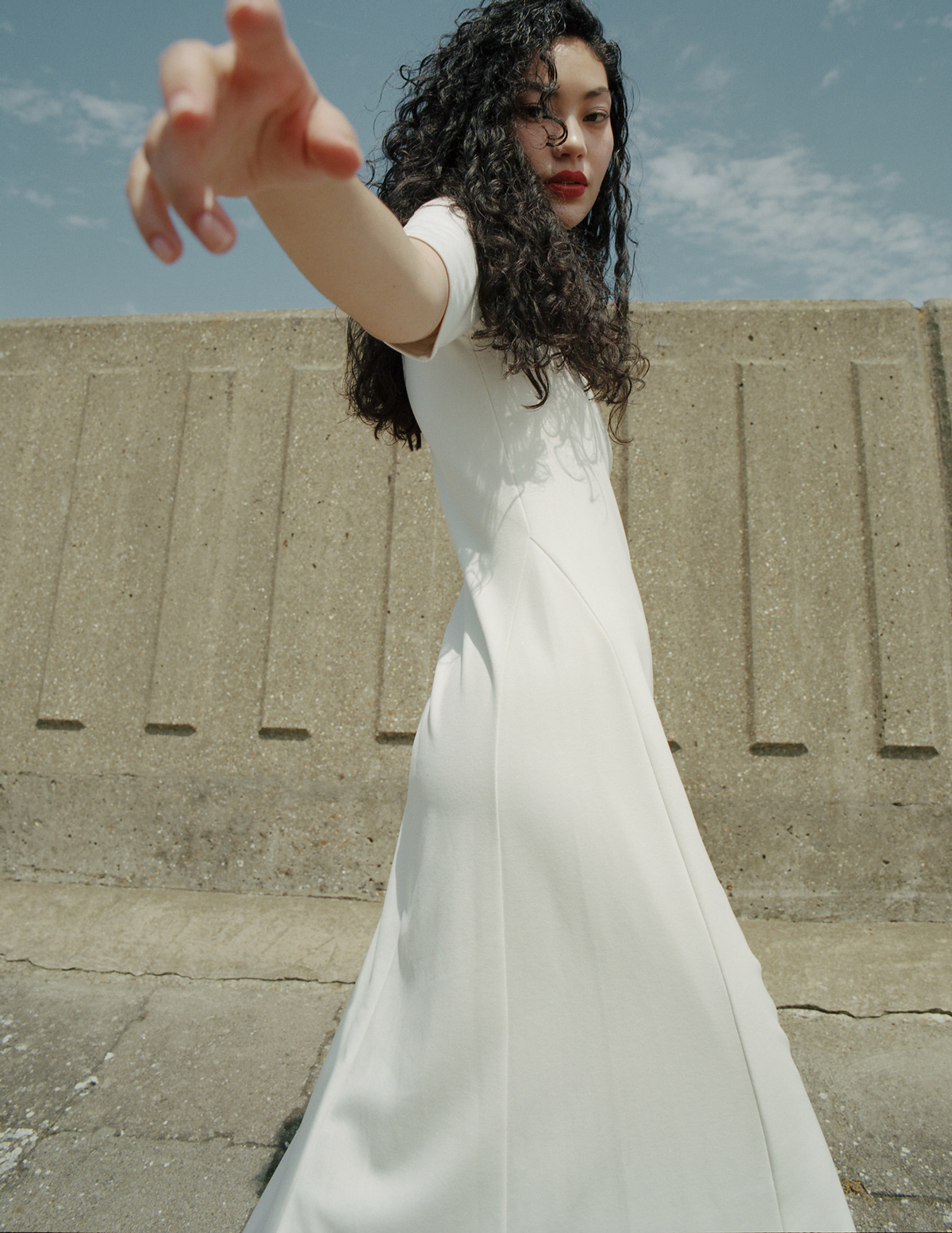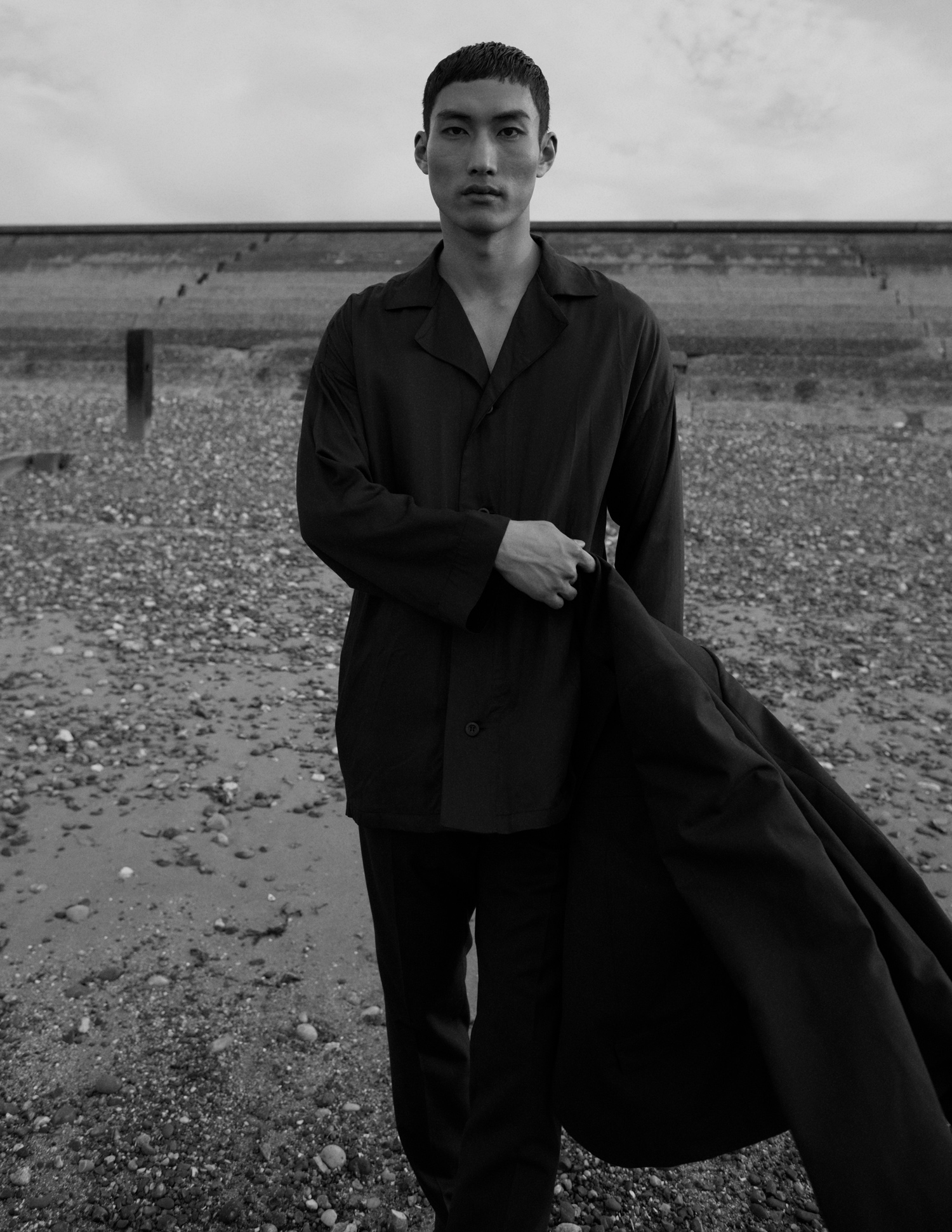A Wardrobe to
Care For
A Wardrobe to
Care For
by Tang Jialei

The ironic nature of the trend towards a trendless collection for the personal wardrobe has always amused me. Decluttering, which minimalises the quantity of material possession, is hailed as a new way to a better life as “less is more” dethrones “less for more” in the age of fast fashion and next-day e-commerce. Yet, how viable and sustainable is the perceived ascetic practice for us insatiable creatures? Can we approach this fewness differently?
Let us examine the concept of a capsule collection and its place in contemporary living. There are several versions of this practice, most beginning with selecting X number of essential pieces to serve as your closet for the next season, or year, or until things wear out.
So we embark on our attempt, but how can we compose a closet of say, 42 pieces (because it’s the answer to everything, and 12 just seems cruel), without being bored of it?

Let’s turn to the process of a capsule collection: in its conception, we begin to question what we want to wear, and by extension, our aspirational self. The defining of self through curating your wardrobe is quite poetic, the material manifestation of introspection. Further, visual identity is sharpened and more pronounced with style and substance instead of trend. The workings of this include attention to design, craftsmanship, material and sometimes story or sentiment, which may each become qualifying conditions of every item that composes your capsule collection. Just as we care about the origins of our food, so it is natural to also find ourselves interested in the history of our imperishable possessions.
It is this awareness of the items’ origins that makes building a capsule collection an enlightening process of discovery: one of self, and the industry behind our apparel. Beautiful things are better appreciated when their admirers know their story. Narrative is an element that adds value beyond material worth. It turns the gratification of buying things into a lasting contentment of living amongst beautiful things. And the best part? You’re the judge. Whether it is the artistry of hand-stitching, the elegance of industrial mechanics or the reinterpretation of traditional silhouette that makes a shirt beautiful is your call.

dress GALVAN

shirt COS
Of course we might ask, why not simply collect? Well, first, the smaller wardrobe
quantum allows us to pay more attention into each item’s defining quality. And
where’s the fun in mindless amassing? With the curatorial challenge of a limit, we
question deeper for each purchase’s validity, denounce ourselves as passive
consumers, and affirm ourselves instead as conscious, responsible owners who are
engaged with our constructed world. Ego aside, overthinking is not not-cool
anymore. On the contrary, it’s quite important in contemporary context as the
consequences—pollution, wages, working conditions, body image issues, amongst
others—of consumer decisions make headlines.
Now, a capsule collection should not result in a monochromatic uniform for
everyone. With so much thought put into it, it deserves to be characteristic. The set-up is a quota allocated to each category: everyday clothing, seasonal, accessories,
shoes, and code: formal, casual, statement, gym. All of this varies for each
individual. The editorial procedure consists of eliminating existing excess and
possibly procuring new pieces, to ultimately find the right balance for your lifestyle.
The unqualified items can be donated, sold or recycled. If you can’t bear to part with
something immediately, store it away first. Separation does not have to be
precipitous. Should you end up forgetting about an item, bidding farewell would be
much easier after a period of consideration.



In the final iteration, a capsule collection is not static. It is your most accessed pieces, so evening gowns and tuxedos do not count, unless that’s how you roll. Limiting your primary collection to 42 pieces for a start, and switching out an item when the time calls for it is part of the refining practice. Consider a “one in, one out” policy, in which the quantity remains the same but the content is updated according to the evolution of one’s character, lifestyle and the inevitable wear and tear. Bear in mind that your collection should not be based solely on trends, but on the fine-tuning and growth of your visual expression. Like all matter, a capsule collection can expand and contract, so set a tolerance of about five pieces. Ultimately, what keeps any capsule collection interesting is a continuous effort to balance organic growth with controlled play.
Photography by Trisha Ward | Styling by Marina German | Hair & Makeup by Nat van Zee | Casting by Sarah Bunter | Models. Marlo Hsieh (The Hive) & Do Byungwook (Select)


